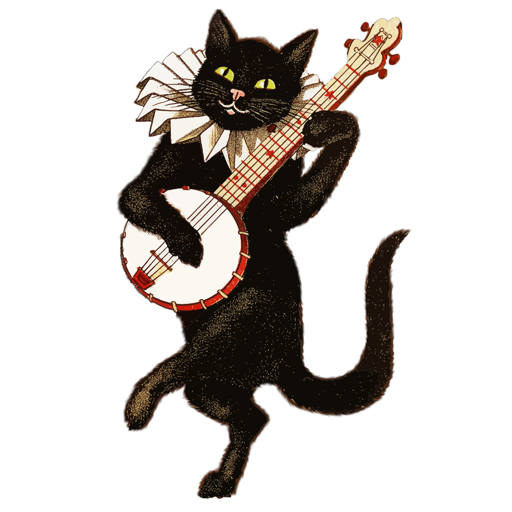we listen


- © 2003 - 2025 Dynamix Productions, Inc. Contact Us 0



"I got rhythm, I got music, I got my man
who could ask for anything more?"
George and Ira Gershwin
Do animals have rhythm?